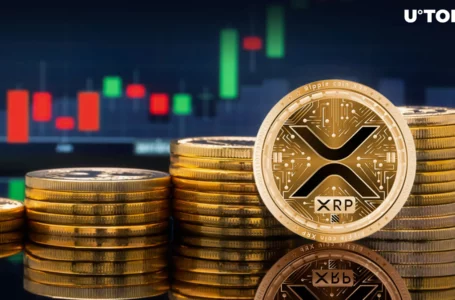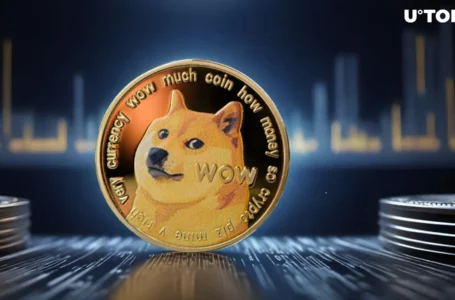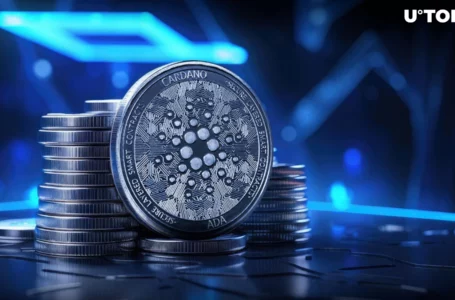
What is Venus?
Venus (XVS) is an exclusive protocol running on Binance Smart Chain that enables lending, borrowing, and credit on digital assets. Venus tends to form a better Defi ecosystem than centralized and even decentralized exchanges in cryptocurrency. From its operation, Venus permits consumers to invest against collaterals. This investment transacts with high speed at a very low cost. Also, users can mint, with few seconds, VAI stable coins.
The Venus protocol has the following highlights:
- It enables the borrowing of digital assets without credit checks and disturbing KYC.
- It permits fast minting of stable coins from collateral. The collateral can also be used in several places globally.
- It allows the depositing of stable coins and digital assets as collateral and the earning of return yields.
- The protocol is governed by its token to ensure transparency and fairness in distribution.
Venus Addresses Problems on Defi Ecosystem
We see that exchanges that enable lending on Ethereumblockchain have some problems in their operations. Some of these problems include:
- Lack of speed.
- No user-friendly interface.
- Very expensive costs for transactions.
- Lack of high market capitalization.
- Centralized compound interest
The Venus (XVS) protocol offers a solution to some of the problems through the following ways:
- Users can gain access and benefits from locked collaterals. Venus offers users the platform where the common currency market synchronizes with stable coins.
- Users now have a reduction in transaction fees.
- Users have a high-speed blockchain.
Venus can give these solutions by providing leverage to the Binance Smart Chain. The blockchain supplies collateral which people are to borrow on. Also, the blockchain earns interest on the collateral. Usually, the collateral is represented through venus tokens.
How Can You Use the Venus Protocol?
Venus (XVS) provides you various ways of benefitting from the platform. Here’s a way you can accomplish that below:
Depositing Digital Assets
The protocol enables you to deposit supported digital assets and receive an APY for them. These assets can be cryptocurrencies or stable coins. Depositing into any pool provides liquidity for that pool. Borrowers can access the funds in the pools to trade on the market. Liquidity providers or stakers earn from the interest rates charged to borrowers. The interest rates are variable and determined by the yield curve of that token’s market.
Depositing assets to the protocol reward you a token incentive. This synthetic token is in the form of the v-wrapped equivalent of the token (vETH, vBTC, etc.). The vTokens are the only tokens you can use to redeem the underlying asset. Redeeming the underlying protocol enables you to store it in any wallet that supports Binance Smart Chain. You can also use these redeemed tokens to trade with other tokens.
Borrowing Digital Assets
To participate as a borrower, you have to lend an asset. The token should, however, over-collateralized. They should also make up to 75% of the amount you desire to borrow. The collateral ratio is controlled by the community.
They use the governance mechanism to vote. The valid collateral ratio for withdrawal between 40-75%. For example, if USDC has a collateral of 75%, this means that you can borrow up to 75% of the deposited asset. But, if the asset is below 75%, you can liquidate the assets. If you are to return the borrowed asset, you have to pay for both the borrowed balance and the interest added.
What Makes Venus (XVS) Unique?
Venus (XVS)’ main strength is its high speed and extremely low transaction costs, which are a direct result of being built on top of the Binance Smart Chain. The protocol is the first to enable users to access lending markets for Bitcoin (BTC), XRP Litecoin (LTC), and other cryptocurrencies to source liquidity in real-time, thanks to its near-instant transactions.
Customers sourcing liquidity using the Venus Protocol do not have to pass a credit check and can quickly take out a loan by interacting with the Venus (XVS) decentralized application (DApp). Since there are no centralized authorities in place, users are not restricted by their geographic region, credit score, or anything else and can always source liquidity by posting sufficient collateral. These loans are provided from a pool contributed by Venus users, who receive a variable APY for their contribution. These loans are secured by the over-collateralized deposits made by borrowers on the platform.
To avoid market manipulation attacks, the Venus Protocol utilizes price feed oracles, including those from Chainlink, to provide accurate pricing data that cannot be tampered with. Thanks to the Binance Smart Chain, the protocol can access the price feeds at a lower cost and with better efficiency, reducing the overall cost footprint of the system.
The Venus Token
This is a native token for the platform. It is used for governing the network. The Venus token is referred to as the XVS. The token is not pre-mined for the consultants, the team members, and even the foundation. Hence, it has a fair launch. You can get the Venus token by putting liquidity into the pool or by partaking in the launch pool of the Binance project.
The Venus team has mined 23,700,000 XVS within the past four years. Their average daily mining rate is 18,493. Twenty percent, which is equivalent to 60,000 of the total supply, is used to support the Binance ‘Launchpool’ program.
The remaining token is allocated to the protocol. Thirty-five percent each is reserved for borrowers and suppliers, making a total of 70%. And the last thirty percent is allocated to all the minters of the stable coin. The Venus team plan to make the XVS the official utility and governance token for the network after mining up to 10 million of its coins. But before then, the Swipe token (SXP) will be used.
Bottom Line
The main aim of the Venus (XVS) is to allow the protocol users to operate in a more secure and healthy marketplace. The team wishes to provide a more reliable platform for transactions like mining aggregated lending and earning interest. The protocol was built on BSC (Binance Smart Chain) and is void of all challenges associated with the Ethereum blockchain. In this blockchain, user’s welfare and protection are not a top priority because of business volatility dynamics.
However, the Venus protocol is now among the several protocols that aim to solve the Defi challenges. How far it can go with this is what we will find out more about with time.



















